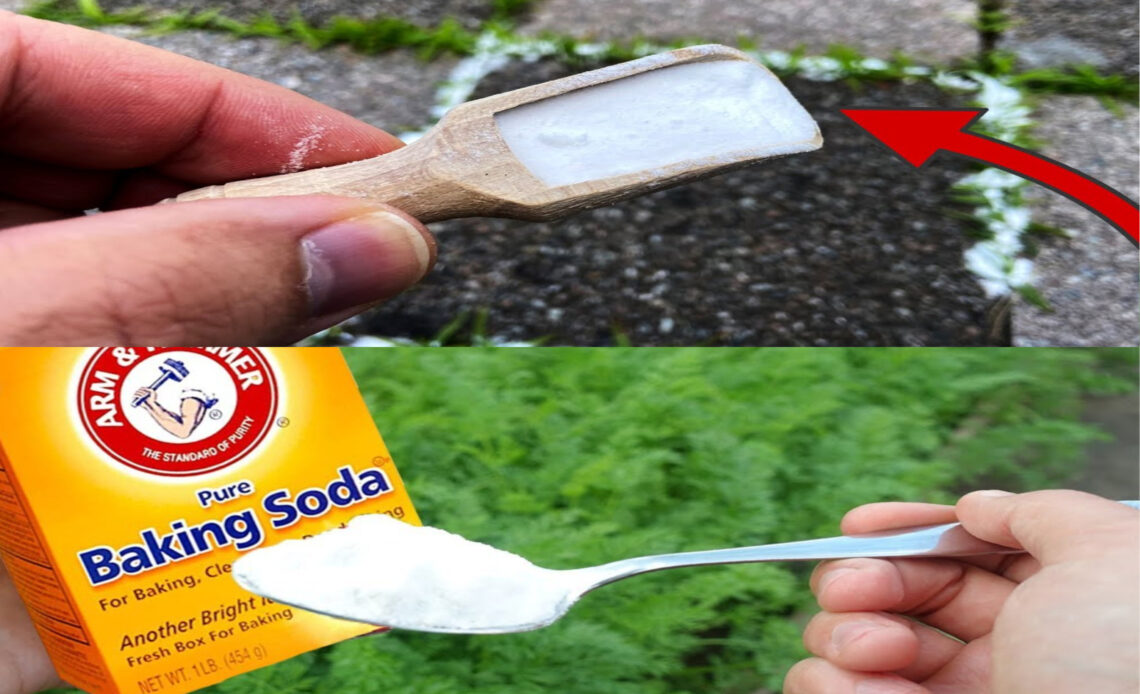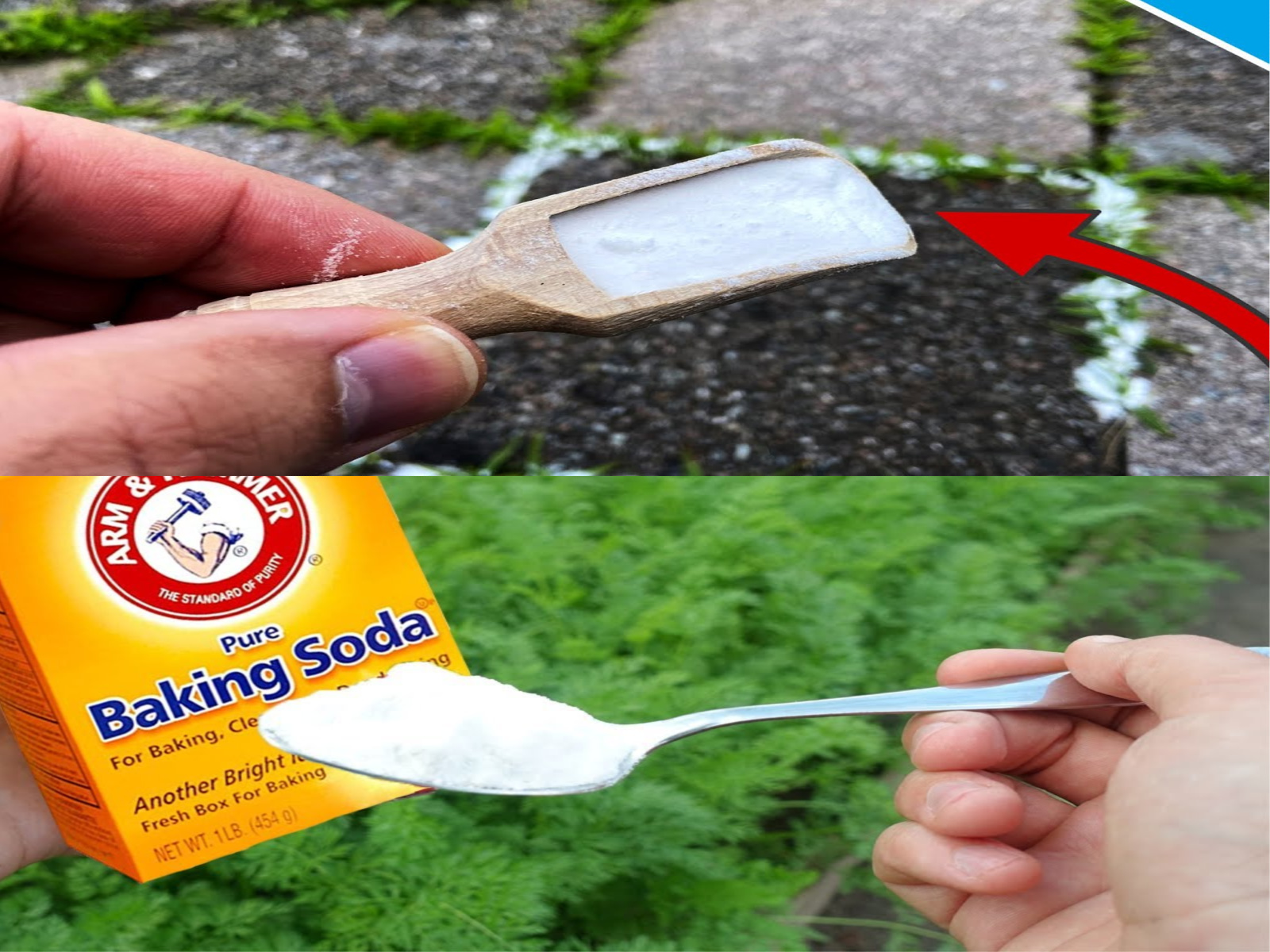
Harnessing the Power of Baking Soda: A Home Essential for Pest Control and More
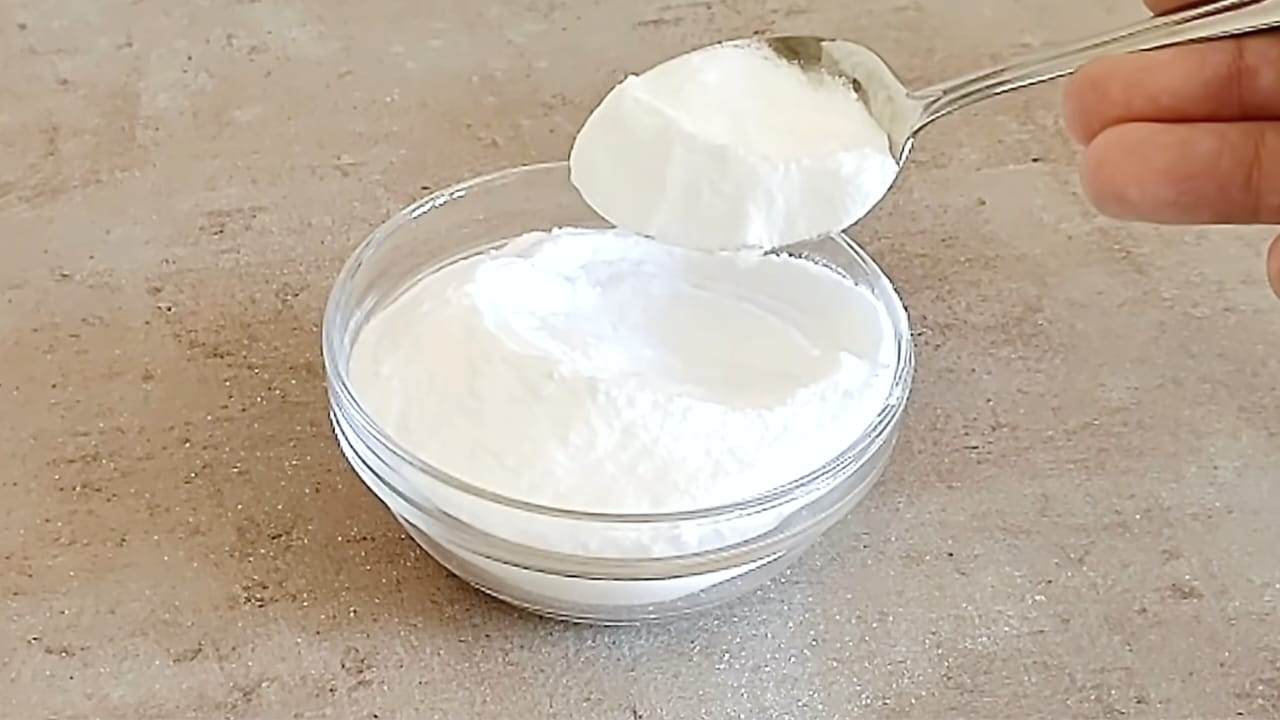
As the temperature rises, so does the prevalence of insects, pests, and the rapid growth of weeds. However, there’s a versatile ingredient already residing in your home that can come to your rescue, addressing these issues and even serving as a fruit and vegetable disinfectant. That magical ingredient is baking soda, a household staple with numerous applications.
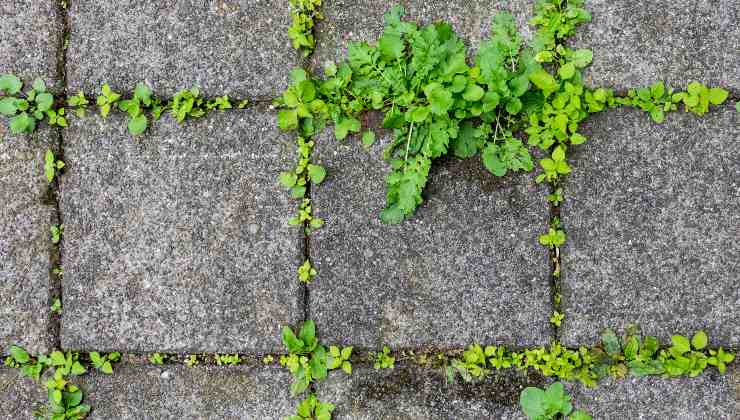
Pests, Weeds, and Fruit Disinfection: Unveiling the Potential of Baking Soda
Baking soda, known for its multifaceted roles in the household, plays a crucial role in protecting garden plants and beyond. It serves as a natural alternative to certain chemicals used in spraying, offering a safer solution for plants. Particularly effective against fungal diseases, baking soda promotes robust plant growth and flourishing blooms. Its protective qualities extend to fruit and vegetable plants, ensuring an added layer of defense.
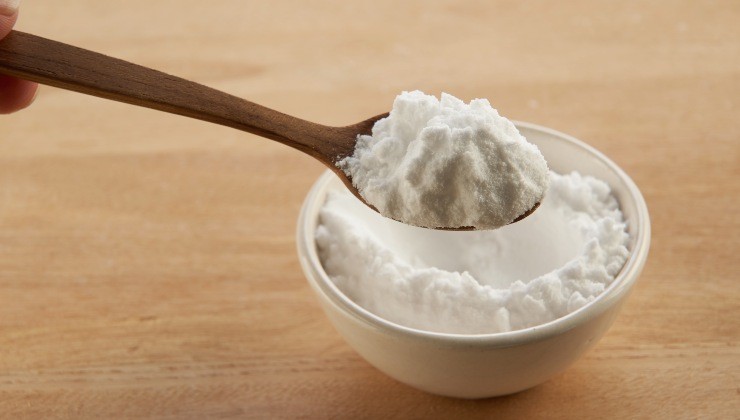
Beyond its role in pest control, baking soda also functions as a supplement for plants favoring alkaline soil, albeit in small doses. However, caution is essential, as incorrect dosage can lead to harm. For instance, higher doses can effectively eliminate weeds but may pose a risk to desirable plants.
When used judiciously, baking soda proves to be a valuable resource for disinfecting fruit and mitigating the impact of pesticides. To embark on this baking soda journey, it’s essential to understand the correct doses for various applications, ensuring the well-being of your plants.
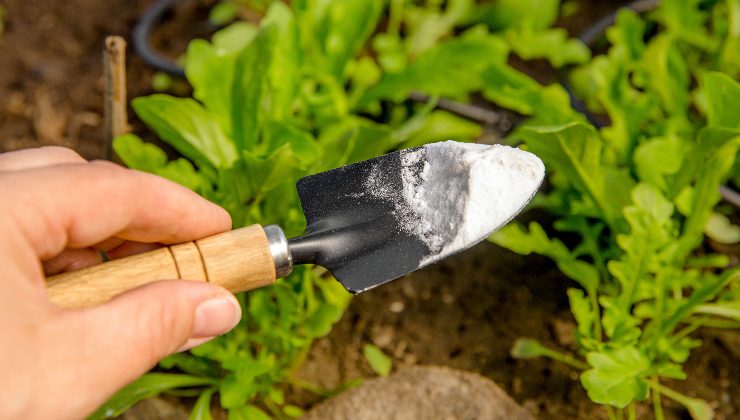
Baking Soda Dosing Guide
For effective pest control and protection against fungal diseases, the recommended dosage is 10 grams of baking soda per 1 liter of water. Adjust the quantity based on the number of plants requiring treatment, maintaining the initial ratio. Ensure thorough and widespread spraying, with a preference for cooler temperatures below 35°C to avoid potential phytotoxic effects on plants. Opt for application during cooler parts of the day, such as sunset hours.
Eliminating weeds with baking soda is a straightforward process. Replace toxic chemical substances by generously watering the weeds and covering them with baking soda. Exercise caution to avoid inadvertently affecting desired plants.
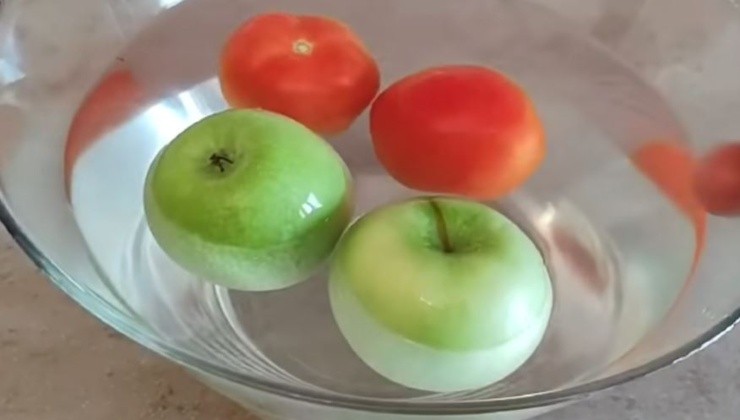
When it comes to fruit and vegetable disinfection, a simple solution suffices. Mix one to two tablespoons of baking soda in 1 liter of water, allowing it to dissolve. Submerge the fruits and vegetables in this solution for approximately 15 minutes before rinsing them with water.
Now armed with the knowledge of correct baking soda usage, you can confidently address pests, weeds, and enhance the safety of your fruit and vegetable consumption.
